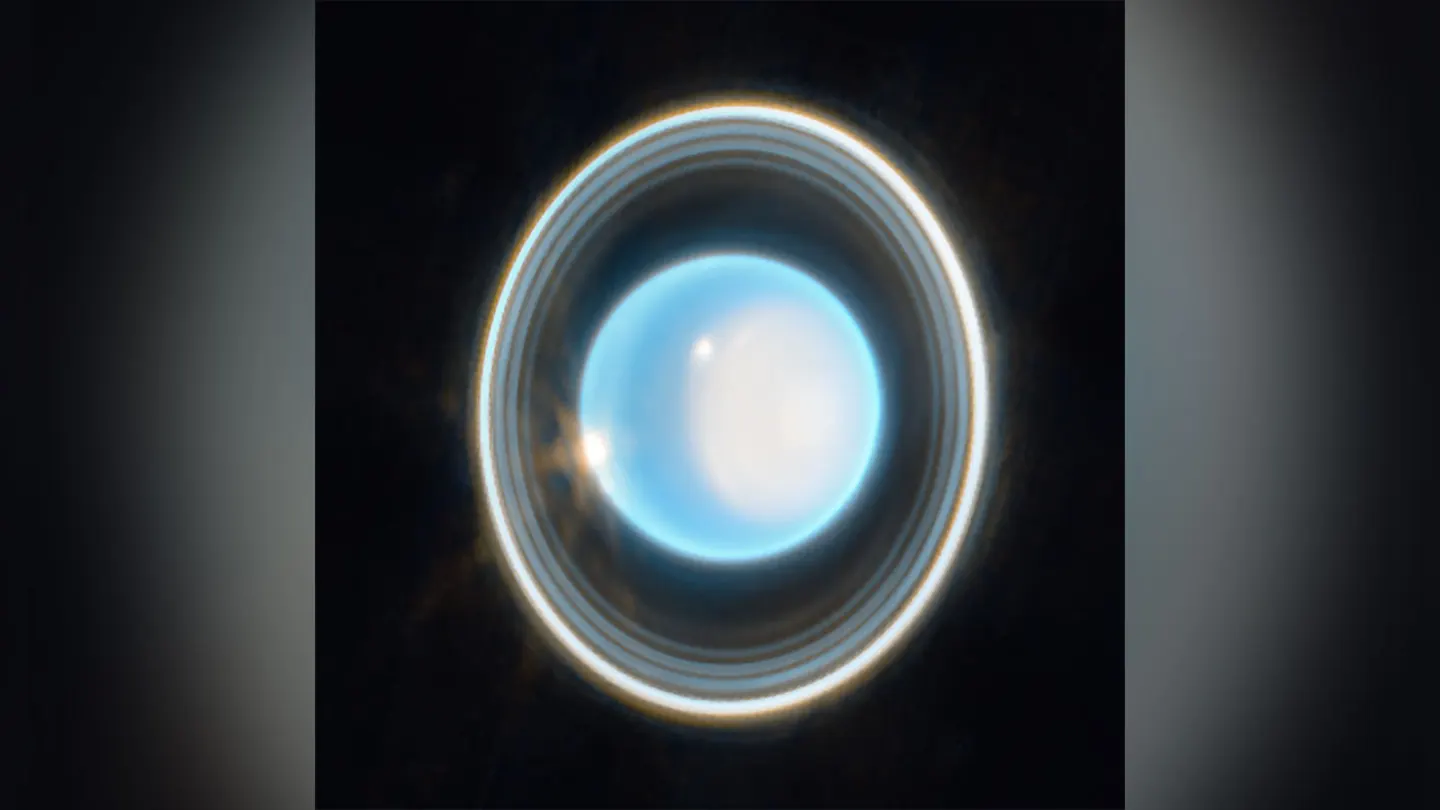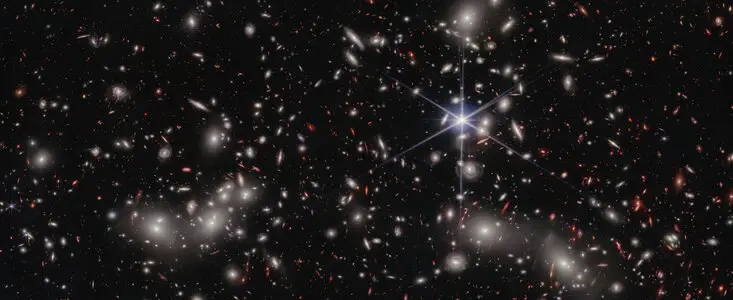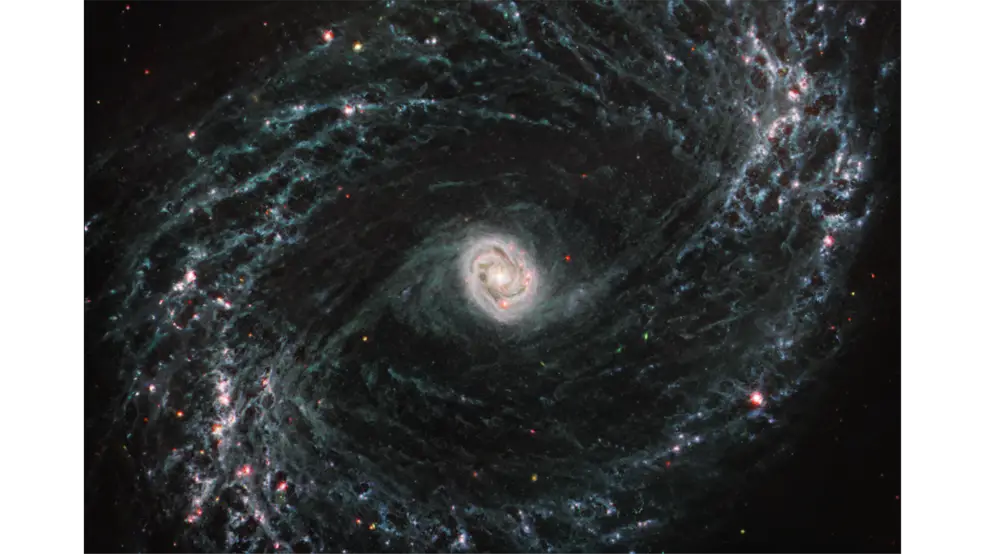The James Webb Space Telescope (JWST) is a marvel of engineering and science that has been exploring the mysteries of the cosmos since its launch in December 2021. In its first year of operation, JWST has made some remarkable discoveries that have shed new light on the origins and evolution of the universe, the formation and diversity of planets, and the search for life beyond Earth. Here are some of the top five most recent discoveries of JWST:
James Webb Space Telescope Discoveries 2023
1. A stunning image of Uranus:

On Feb. 6, 2023, JWST captured an amazing image of Uranus, the seventh planet from the sun and one of the two ice giants in our solar system. The image shows in great detail the planet’s ring system, its brightest moons (Titania, Oberon, Ariel and Umbriel), and its dynamic atmosphere, which features clouds, storms and seasonal changes. The image also reveals how Uranus reflects infrared light from the sun differently than visible light, giving it a unique color palette. This observation will help astronomers better understand the structure, composition and weather of Uranus and its moons.
2. The oldest black hole in the universe:
On March 15, 2023, a team of astronomers announced that they had discovered the earliest known black hole in the universe, a cosmic monster 10 million times heavier than the sun, at the center of a baby galaxy 570 million years after the Big Bang. The black hole is part of an active galactic nucleus (AGN), a bright source of light and energy powered by the accretion of matter onto the black hole. The discovery challenges our understanding of how black holes formed and grew in the early universe, and suggests that there may be many more hidden black holes waiting to be found by JWST.
3. New details in Pandora’s Cluster:

On Feb. 15, 2023, astronomers revealed the latest deep field image from JWST, featuring never-before-seen details in a region of space known as Pandora’s Cluster (Abell 2744). Pandora’s Cluster is a cosmic collision site where several galaxies have smashed and merged over billions of years, creating a complex and chaotic structure. The image shows how JWST can peer through the dust and gas to reveal the underlying stars and galaxies in different wavelengths of infrared light. The image also reveals faint and distant galaxies that are among the first to form in the universe.
4. An extremely small main belt asteroid:
On Feb. 6, 2023, an international team of astronomers detected an asteroid roughly the size of Rome’s Colosseum (between 300 to 650 feet or 100 to 200 meters in length) using JWST. The asteroid belongs to the main belt, a region of space between Mars and Jupiter where millions of rocky bodies orbit the sun. The detection demonstrates JWST’s ability to observe small and faint objects in our solar system that are otherwise difficult to see with other telescopes. The observation also provides valuable information about the size, shape and reflectivity of the asteroid.
5. Networks of gas and dust in nearby galaxies:

On Feb. 16, 2023, researchers using JWST reported their first look at star formation, gas and dust in nearby galaxies with unprecedented resolution at infrared wavelengths. The observations reveal how JWST can trace the complex interplay between stars and their environments in different types of galaxies, from spiral to elliptical to irregular. The observations also show how JWST can detect hidden features such as dust lanes, star clusters and supernova remnants that are obscured by dust in visible light.
These discoveries are just a glimpse of what JWST can do and what it will reveal in the future. As JWST continues its mission, it will explore more distant and diverse targets across the universe, from exoplanets to quasars to dark matter. JWST is expected to revolutionize our understanding of astronomy and astrophysics for years to come.
